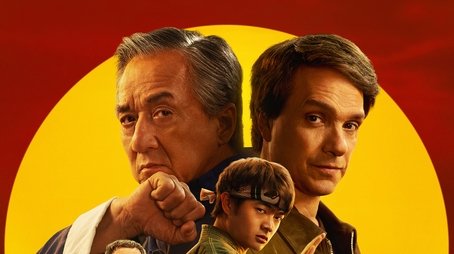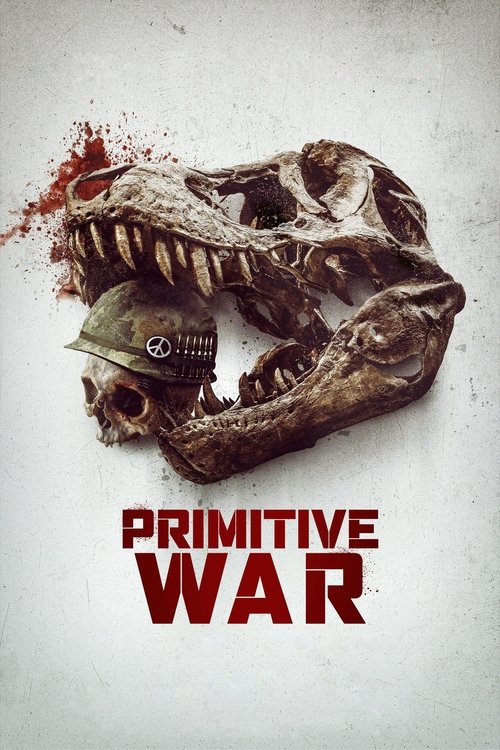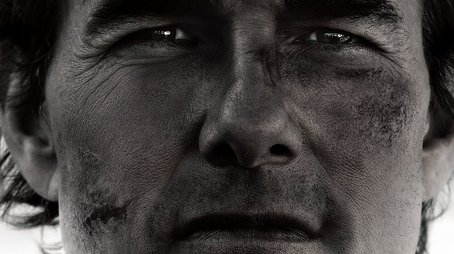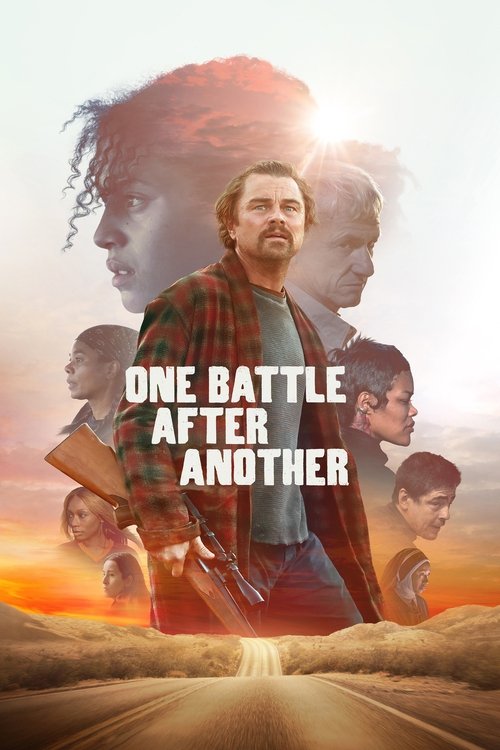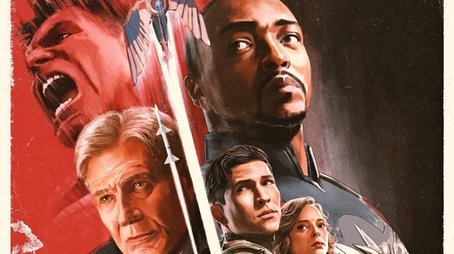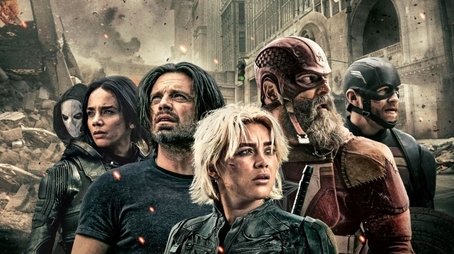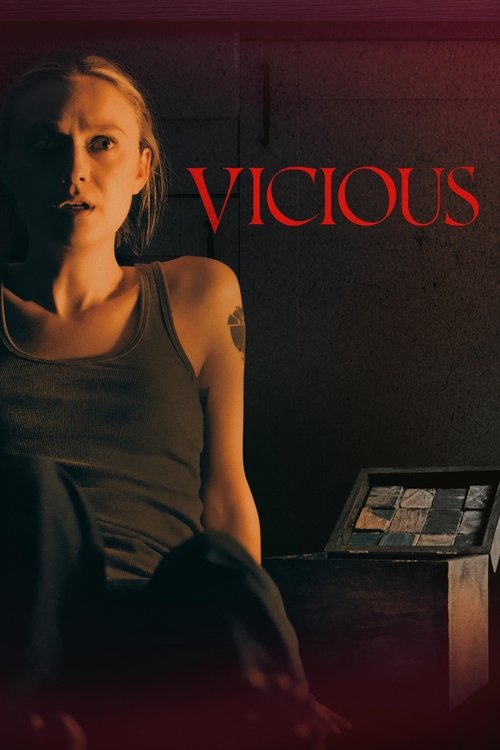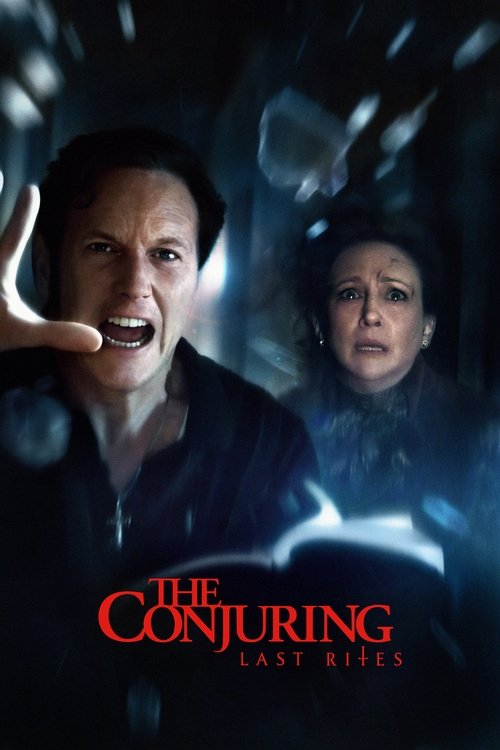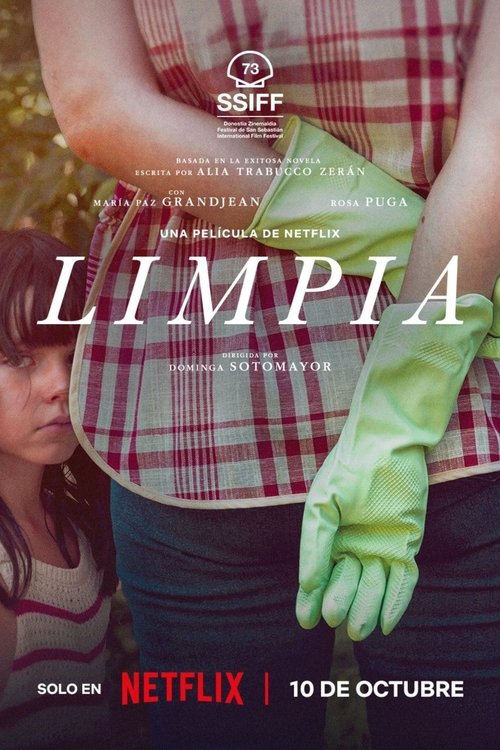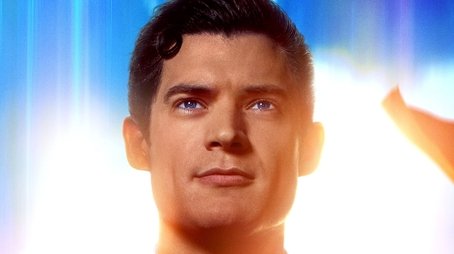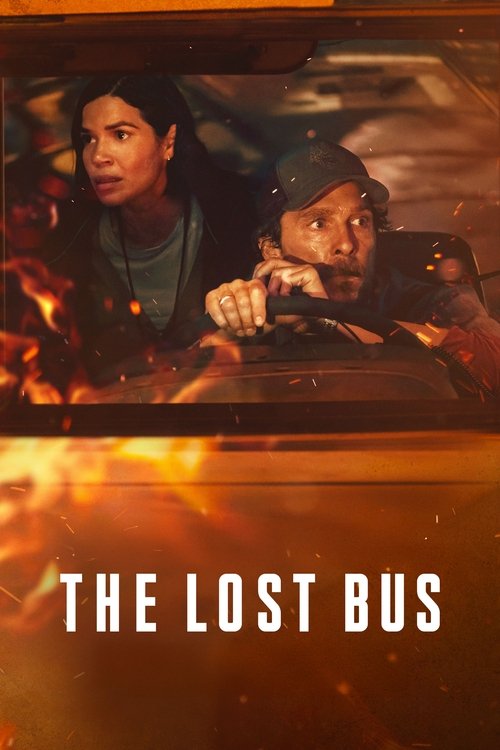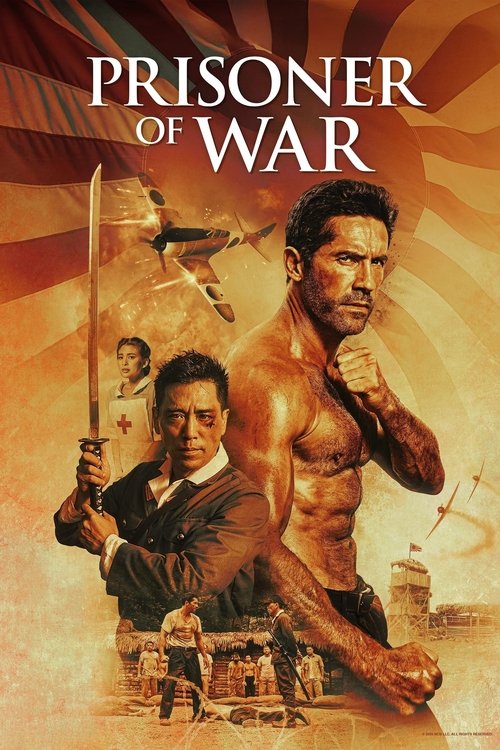
Ask Your Own Question
What is the ending?
The ending of Karate Kid: Legends (2025) shows Li Fong winning the Five Boroughs Tournament final against Conor by cleverly combining kung fu and karate techniques taught by Mr. Han and Daniel LaRusso. After Conor tries to sneak attack from behind, Li chooses mercy and restraint, knocking him down but helping him up, symbolizing his growth. Meanwhile, Daniel returns to Los Angeles, and Mr. Han heads to Beijing to continue training students and possibly expand the pizzeria business linked to Victor and Mia.
Here is an expanded, scene-by-scene narration of the ending:
The climactic Five Boroughs Tournament is underway, gathering martial artists from all over New York City. In the final match, Li Fong faces Conor Day. The atmosphere is tense, the crowd roaring with anticipation. Li, having struggled earlier with frozen fear after Victor sustained a serious injury, now embodies growth and resolve.
From the start of the fight, Li maneuvers with a new combination of styles: he fuses the hard-hitting precision of karate, taught by Daniel LaRusso, with the fluid, strategic kung fu techniques of Mr. Han. This blend creates a unique fighting style that surprises Conor. The decisive moment arrives when Li executes a clever move taught by Mr. Han called the "Tiger Trap," which outsmarts Conor's aggressive offense.
During the intense back-and-forth, Conor attempts a sneaky attack from behind, but Li reacts swiftly, knocking Conor to the ground. Instead of retaliating with anger or violence, Li extends a hand to help Conor up, showing restraint and respect. This moment is met with applause from the audience--a clear sign of personal growth and the martial arts values emphasized in his training.
Following the match, Li embraces his mother and shares a heartfelt kiss with Mia, establishing his new sense of confidence and belonging. The victory is not just about the tournament trophy but about overcoming his fears and honoring the legacy of both Mr. Han and Daniel's teachings.
Elsewhere, the film closes with Daniel LaRusso heading back to Los Angeles, stepping into his role as a family man and dojo mentor once again. Mr. Han, having ensured Li's physical and emotional recovery, prepares to leave for Beijing. His departure hints at continuing his kung fu legacy and possibly supporting Victor and Mia's pizzeria expansion in China, suggesting the story's connections beyond New York.
At the very end, a surprise cameo by Johnny Lawrence (from "Cobra Kai") spotlights the shared universe, reinforcing the continuing legacy of martial arts, rivalry, and friendship that the Karate Kid franchise has built over decades.
This detailed sequence ties together character arcs--Li's transformation from fearful to confident, Daniel's steady presence, and Mr. Han's role as a guiding master--while underlining the themes of honor, restraint, and the power of combining traditions to face new challenges.
Who dies?
Yes, there are deaths in Karate Kid: Legends (2025), specifically involving central characters tied to the protagonist Li Fong.
-
Bo Fong, Li's older brother, died before the events of the movie. Bo was fatally stabbed by a vengeful defeated opponent after winning a martial arts tournament some time ago. The attack happened offscreen, but it had a profound effect on the story, as it is the source of Li's PTSD and his initial hesitation in fighting. Li witnessed the stabbing and froze, unable to save his brother, which causes his deep guilt throughout the film.
-
There is no indication from the available sources that any other characters die during the course of the movie itself. Most of the film focuses on Li's personal growth, overcoming trauma, and his ultimate victory in his conflict with Conor Day, the local karate champion.
So, Bo Fong is the only character whose death is significant and detailed, occurring prior to the main timeline and shaping one of the movie's core emotional arcs.
What is the plot?
Karate Kid: Legends begins with Li Fong, a skilled kung fu prodigy, moving from Beijing to New York City with his mother, Dr. Fong. She wants Li to abandon martial arts after the tragic death of his older brother, Bo, who was killed by a rival after a tournament. In New York, Li struggles to adjust socially at school but soon befriends Mia Lipani, the daughter of Victor Lipani, a former boxer turned pizzeria owner. Their bond blossoms into a romantic relationship, but they face challenges from Mia's aggressive ex-boyfriend, Conor Day, a local karate champion.
Conor, a student of the ruthless sensei O'Shea, frequently clashes with Li. After Conor brutally attacks Li, his mother hires a tutor named Alan to help him with his studies. Li and Conor have another confrontation at school, where Conor overpowers Li, forcing him to realize that Conor is a formidable opponent. Li attempts a "dragon kick," a move he learned from his brother, but Conor counters and defeats him.
One night, Li witnesses Victor being attacked by thugs sent by O'Shea, who owns the karate dojo where Conor trains. Li intervenes and defeats the attackers, earning Victor's gratitude. Victor decides to return to boxing to pay off his debts and save his pizzeria, asking Li to train him. Despite initial reservations, Li agrees after discussing it with Mr. Han over the phone. He becomes Victor's employee at the pizzeria and helps him incorporate kung fu moves into his boxing.
During Victor's comeback match, his opponent, following O'Shea's orders, knocks him out with illegal hits, sending Victor to the hospital. Li, haunted by memories of his brother's death, fails to act at the hospital, disappointing Mia. His mother, who works at the hospital, also expresses her disappointment in Li's continued involvement in martial arts.
Mr. Han arrives in New York to confront Li, who has been avoiding his calls. Upon learning the truth, Mr. Han encourages Li to enter the Five Boroughs Tournament to confront his past and help his friends. Mr. Han visits Los Angeles to enlist the help of Daniel LaRusso, who agrees to assist despite initial hesitation. Under the guidance of Mr. Han and Daniel, Li intensifies his training, merging kung fu with Miyagi-Do karate.
Li trains on Alan's rooftop garden, where he and his mentors develop a new variation of the dragon kick. This technique involves luring the opponent into a counterattack, which Li can then dodge and reverse. As Li prepares for the tournament, he and Mia reconcile, and Victor fully recovers from his injuries.
In the Five Boroughs Tournament, Li and Conor dominate their opponents until they face off in the finals. The match takes place on a rooftop, where Conor initially leads. However, Li overcomes his fears and uses his combined training to catch up. With the score tied, Li executes the adapted dragon kick, defeating Conor decisively. Conor attempts a sneak attack but is swiftly taken down by Li, who shows mercy and earns Conor's respect.
After the tournament, Victor opens a second pizzeria location, thanks to Li's victory, which helps him pay off his debts to O'Shea. Mr. Han returns to China, and Li sends a pizza to Daniel in Los Angeles as a thank-you gift. Daniel shares the pizza with Johnny Lawrence, and they engage in a light-hearted discussion about the superiority of New York versus California pizza. Johnny jokingly suggests opening a dojo-themed pizzeria called "Miyagi-Dough," which amuses Daniel.
Throughout the story, Li confronts his past and learns to merge his kung fu skills with karate, ultimately overcoming his fears and emerging victorious. The film concludes with Li and Mia together, and Victor's pizzeria thriving, symbolizing a new beginning for all characters involved.
Is there a post-credit scene?
The discussions about a post-credits scene in Karate Kid: Legends (2025) are somewhat mixed. Some sources indicate that there is no post-credits scene in the traditional sense, meaning nothing appears after the credits finish rolling. However, others suggest that while there isn't a scene after the credits, there is an additional scene before the credits start. This scene involves Lee Fong, Mr. Han, and others at a pizza shop, with a pizza being sent to Daniel LaRusso's location. The scene ends with a cameo appearance by Johnny Lawrence at the dojo.
Here is a summary:
- No post-credits scene: Once the credits roll, there is nothing additional.
- Additional scene before credits: There is a scene after the title card appears but before the credits roll, involving Lee Fong and Mr. Han, including a cameo by Johnny Lawrence.
Therefore, while there is an extra scene early in the credits process, there is no post-credits scene in the traditional sense.
What martial arts styles are featured and how do they interact in the story of Karate Kid: Legends?
The story features both kung fu and karate. Li Fong is a kung fu prodigy trained by his master Mr. Han, who is a shifu of a wuguan kung fu school in Beijing. When Li moves to New York, he confronts a local karate champion and later trains under Daniel LaRusso, who teaches the Miyagi family karate style. The film explores the merging of these two martial arts styles as Li prepares for an ultimate karate competition.
Who are the main characters involved in Li Fong's journey and what roles do they play?
The main characters include Li Fong, the kung fu prodigy and protagonist; Mr. Han, Li's kung fu teacher and mentor; Daniel LaRusso, the original Karate Kid who helps Li learn karate; Mia Lipani, Li's romantic interest and daughter of a former boxing champion; Victor Lipani, Mia's father and former boxing champion; Conor Day, the local karate champion and antagonist; Li's mother, a doctor who moves the family to New York; and Alan, a tutor who becomes Li's friend.
What personal challenges and conflicts does Li Fong face in the story?
Li Fong struggles with adjusting socially after moving from Beijing to New York City. He faces bullying and aggression from Conor Day, a local karate champion and Mia Lipani's ex-boyfriend. Li also deals with family trauma, including the death of his brother Bo, who was killed by a vengeful opponent in a previous tournament. His mother is protective and initially forbids him from participating in martial arts due to this trauma.
How does the film explore the legacy and history of martial arts within the story?
The film includes a backstory told by Mr. Miyagi about the origins of Miyagi family karate, tracing it to a 17th-century ancestor who learned kung fu in China and developed karate upon returning to Okinawa. This historical connection sets the foundation for the merging of kung fu and karate styles in the present-day story.
What is the significance of the tournament in the story and how does it impact Li's development?
The tournament represents the ultimate martial arts showdown where Li must prove himself. It is a pivotal event that motivates Li to train harder, combining kung fu and karate under the guidance of Mr. Han and Daniel LaRusso. The tournament challenges Li to overcome his fears, personal losses, and social struggles, marking his growth from a prodigy to a mature fighter capable of facing a formidable opponent like Conor Day.
Is this family friendly?
Family-Friendliness of Karate Kid: Legends (2025)
Karate Kid: Legends is rated PG-13, which generally means it may include material parents might find unsuitable for children under 13. While the film maintains the spirit and uplifting themes familiar from earlier Karate Kid movies, it is important to consider the specific content that could be challenging or upsetting for younger viewers or sensitive individuals.
Potentially Objectionable or Upsetting Content
Martial Arts Action and Violence - As with the rest of the franchise, the movie features intense martial arts fight scenes--including a climactic rooftop fight sequence--which, while stylized, may be upsetting for some children. - The movie's villain, Conor, is portrayed as particularly mean-spirited and "gets under our skin," making him a memorable antagonist; children might find his behavior distressing. - Training sequences involve physical hardship, and there are moments where the main character faces bullying and physical threats, though these are presented in a way that inspires resilience.
Themes and Emotional Content - Loss and memory: The story touches on honor and remembering a lost sibling, which could be emotionally difficult for some viewers. - Confrontations and tension: There are scenes of verbal confrontation and conflict, typical for a film centered on overcoming adversity.
Language and Humor - While there is no evidence of strong language or crude humor, some reviews note slapstick comedy, but nothing inappropriate for the target age group. - The tone is generally positive, with performances described as charming and earnest, which helps mitigate some of the tension.
Pacing and Structure
- The film is noted for being rushed in its storytelling, especially toward the climax, which could make some scenes feel abrupt or intense for sensitive viewers.
- The action is described as "badass" and "thrilling," reinforcing that fight sequences are a major focus.
Summary Table
| Aspect | Content Description | Potential for Concern | |-----------------------|-------------------------------------------------------------------------------------------|-----------------------------------------------| | Violence/Action | Stylized martial arts fights, some bullying and physical threats, villain is menacing | Moderate; not graphic, but intense | | Emotional Themes | Loss, memory, overcoming adversity | Mild to moderate depending on sensitivity | | Language/Humor | Minor slapstick, no strong language reported | Low | | Pacing | Rushed climax, abrupt scene transitions | Mild; could be disorienting for some children |
Conclusion
Karate Kid: Legends is generally family-friendly in its themes and intent, but the PG-13 rating should be respected--especially for children under 13 or those sensitive to bullying, physical conflict, or emotional themes of loss. While the movie inspires and entertains, some scenes could be intense for younger or particularly sensitive viewers, particularly due to action sequences and the aggressive antagonist. Parents are encouraged to preview or discuss the film with children if there are concerns about such content.

